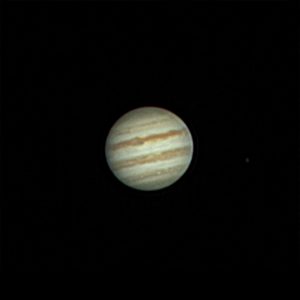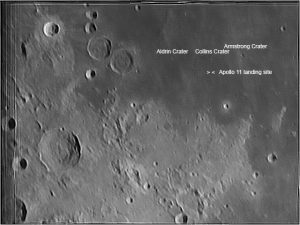May 14, 2016
Blackheath Observing – Saturday 14 May 2016
Report by: Rupert Smith
Our observing session on Blackheath this Saturday was again in danger of being cancelled due to bad weather. At least that’s what each of the 6 forecasting sites I looked at said. However one did say it was going to be patchy cloud instead of a thick blanket and it also seemed to be agreeing with what I could see out of my window. Looking at the satellite it seemed to me that clear skies were moving south so what to do? Mike told me there was a lot of ‘twitter’ about the event so I thought, lets chance it.
Well, it turned out to be one of my better decisions. As with the Mercury transit on Monday, the weather experts got it completely wrong. Far from thick or patchy cloud, we had no clouds at all! Even better, almost zero wind and definitely zero dew. The icing was that the seeing was pretty good as well. The only downside was that the Sun seemed to be taking its time to go down, leaving the sky too bright to align our mounts due to the lack of stars. Never mind though, both Jupiter and a 60% lit Moon provided some fine views to get the evening started. The latter displayed a lot of detail due to the shadows cast across the surface. Bobby will be pleased to know that the Alpine Valley was prominent while Mike took the opportunity to try and find Apollo 11’s landing site! Moving on to Jupiter, it and the four Galilean moons of Ganymede, Callisto, Io and Europa were easily visible. Jupiter brought with it an oddity. During my initial look, I casually remarked, ‘there’s the Great Red Spot’ to a visitor. Tej commented it shouldn’t be in view yet. Indeed upon checking, the GRS was not due until 11.30pm, a good few hours away. After more careful examination it seemed the North Equatorial Belt was developing a large dark bulge. Mike had brought a DSLR along and managed to get an image. Has the FAS discovered a new ‘Great Brown Spot’ forming? Time will tell.
As the night progressed and it finally began to get dark, we got our scopes aligned and were able to go hunting for some faint fuzzy’s. The Ring Nebula, Hercules and Beehive Clusters were all tracked down easily. Time had passed quite quickly and it became apparent that Mars was now in view, albeit quite low. I had not suggested we would see this due to the tree line on the southern horizon, but there it was. Initially suffering badly from the effects of dispersion and I rued the fact that I did not bring my dispersion corrector as I had not anticipated being able to view the planet. Mars eventually settled down to reveal surface features such as the Mare Acidalium and southern polar cap.
As Mars was visible, my mind turn to Saturn. If Mars is up, Saturn can’t be far behind I thought, and that will be a real bonus. I told my mount to slew to Saturn and noted the finder was now pointing at a bush! However, it was not long before Saturn cleared it and we had a view of our fourth Planet this week. As before with Mars, Saturn was initially a bit blurry with blue and red halo’s but as it climbed it became its usual fantastic site. When the time came to pack up, it was revealing ring structure, cloud belts and the moons of Titan and Rhea. A lovely thing.
So all in we had one of our best and most enjoyable sessions for some time. We must have done as it was nearly midnight before we began put our scopes to bed! Only Tej remained and he may still be there!
I would like to thank all those who turned up with scopes and everyone else who came along despite the weather forecasts. A special thanks goes out to our new Spanish friends. We were joined by two girls from the Stratford area who cycled and DLR’ed it to join us for the evening. They even brought food!
Clear Skies until the next time.
Pictures from the Event (by Mike Meynell):
Posted under: Blackheath, Flamsteed, Meeting Report, Observing and Imaging Group, Stargazing







You must be logged in to post a comment.